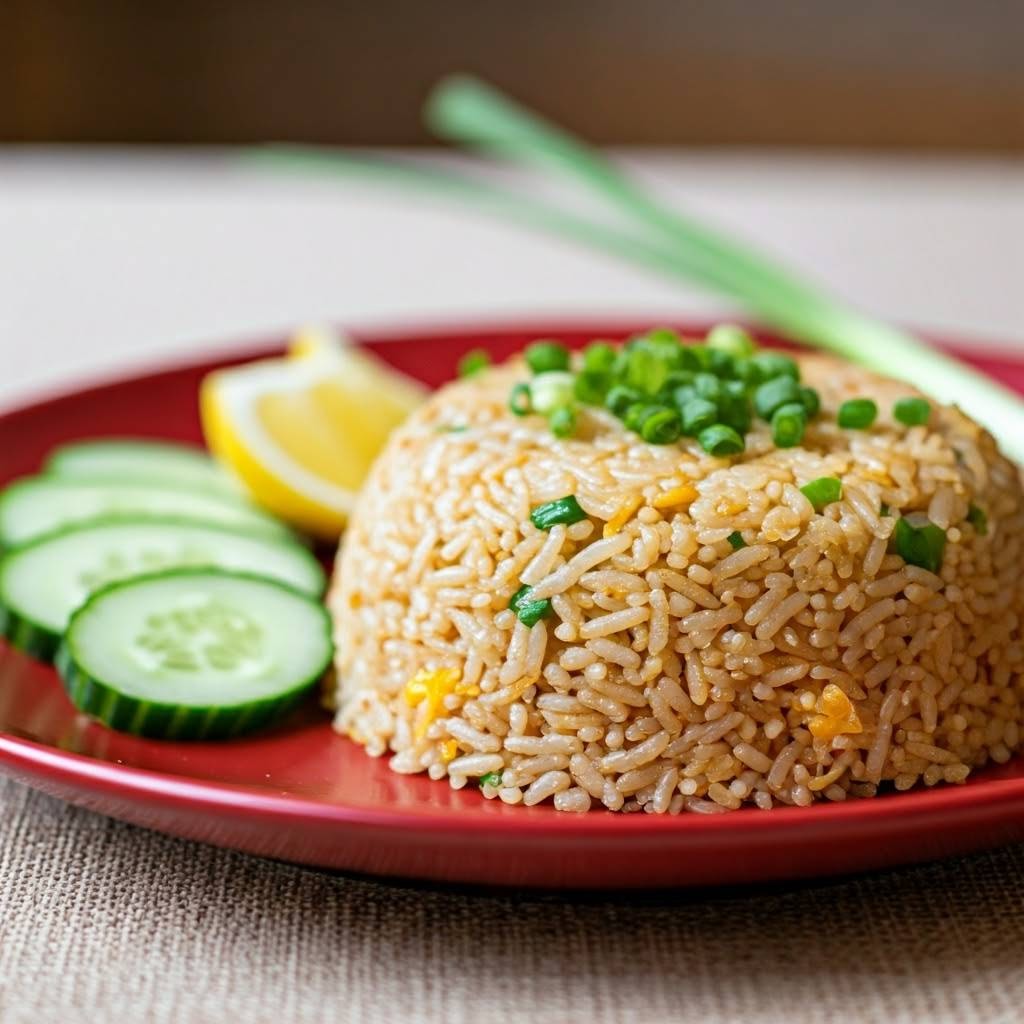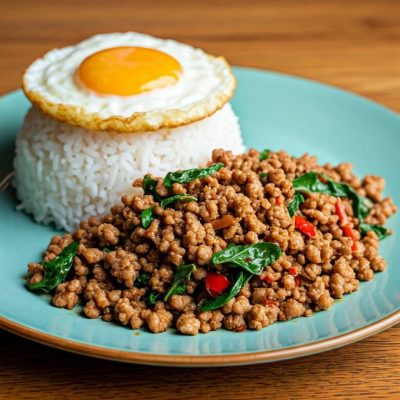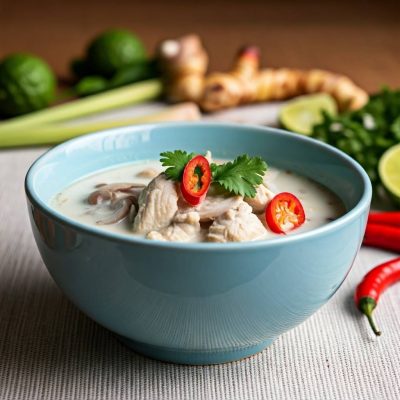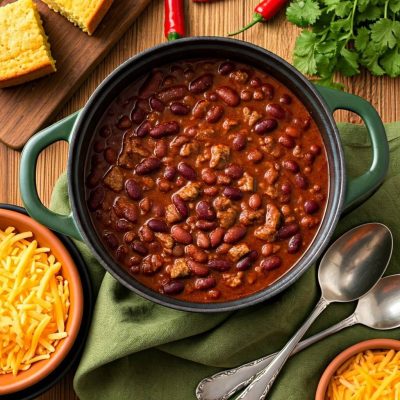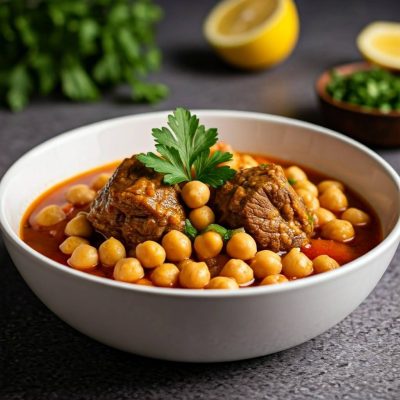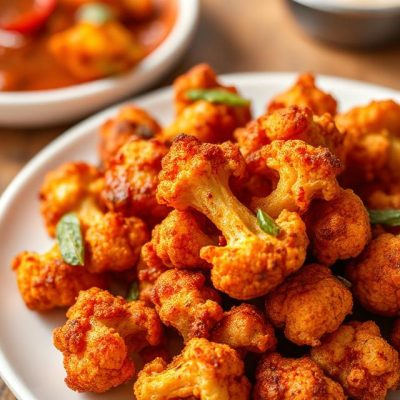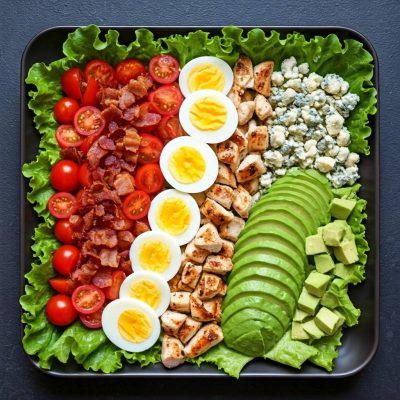Ingredients
- 2 cups cooked jasmine rice (preferably cold, day-old rice works best)
- 2 tablespoons vegetable oil (or any neutral oil)
- 2 cloves garlic, minced
- 1 small onion, diced
- 1 egg lightly beaten
- 1/2 cup cooked chicken, shrimp, or pork (optional)
- 1/4 cup carrots, diced (optional)
- 2 tablespoons soy sauce
- 1 tablespoon oyster sauce
- 1 teaspoon sugar
- 1/2 teaspoon white pepper (or black pepper)
- 1/4 cup green onions, chopped
- 1/4 cup cilantro, chopped (for garnish)
- Lime wedges (for serving)
Directions
Khao Pad (ข้าวผัด) is a classic Thai fried rice that combines the aromatic flavors of garlic, onions, soy sauce, and oyster sauce with the freshness of your favorite protein—whether it’s chicken, shrimp, or pork. This dish is typically made using cold, day-old rice, which helps achieve that perfect stir-fry texture. The addition of eggs gives it a rich, savory taste, while fresh green onions and cilantro provide a refreshing contrast. Often served with lime wedges, this easy and satisfying meal is a popular street food in Thailand, enjoyed for its balance of flavors and quick preparation time. Whether for a weekday lunch or a casual dinner, Khao Pad offers a taste of Thailand that you can easily recreate at home.
Nutritional breakdown for Khao Pad (ข้าวผัด) per serving (assuming it’s made with chicken, vegetables, and basic ingredients):
| Nutritional Information | Per Serving |
|---|---|
| Calories | 350-450 kcal |
| Protein | 15-20 g |
| Carbohydrates | 40-50 g |
| Fiber | 1-3 g |
| Sugars | 2-5 g |
| Fat | 15-20 g |
| Saturated Fat | 2-4 g |
| Cholesterol | 60-90 mg |
| Sodium | 600-800 mg |
| Potassium | 200-300 mg |
Notes:
- The calorie and nutrient values can vary depending on the protein (chicken, shrimp, pork), the amount of oil used, and the type of sauces added (soy sauce and oyster sauce).
- Using more vegetables or leaner proteins can reduce calories and fat, while adding more protein can increase the protein content.
Steps
1 Done | Prepare IngredientsIf you're using any protein like chicken or shrimp, cook it ahead of time and set it aside. Dice the vegetables and have the rice ready. |
2 Done | Heat the PanIn a large wok or frying pan, heat the vegetable oil over medium-high heat. |
3 Done | Sauté AromaticsAdd the minced garlic and diced onion to the pan. Stir-fry for about 1-2 minutes until the garlic becomes fragrant and the onion softens. |
4 Done | Add Protein (Optional)If you’re adding cooked chicken, shrimp, or pork, throw it into the pan and stir-fry for another minute to heat through. |
5 Done | Scramble the EggPush the garlic and onion mixture to one side of the pan and pour the beaten egg into the other side. Let it cook for 1-2 minutes, then scramble it into the rest of the ingredients. |
6 Done | Add RiceAdd the cold, cooked rice to the pan. Use a spatula to break up any clumps of rice and mix everything together. |
7 Done | SeasonAdd soy sauce, oyster sauce, sugar, and pepper to the rice. Stir everything to evenly coat the rice with the sauces. Continue stir-frying for 2-3 minutes until the rice is heated through. |
8 Done | FinishStir in the chopped green onions and cilantro. |
9 Done | ServeRemove from heat and serve hot with lime wedges on the side. |
10 Done | Optional• You can add a fried egg on top of the fried rice for extra flavor. • Feel free to adjust the seasoning according to your taste, such as adding more soy sauce or fish sauce for extra saltiness. Enjoy your homemade Khao Pad! |

